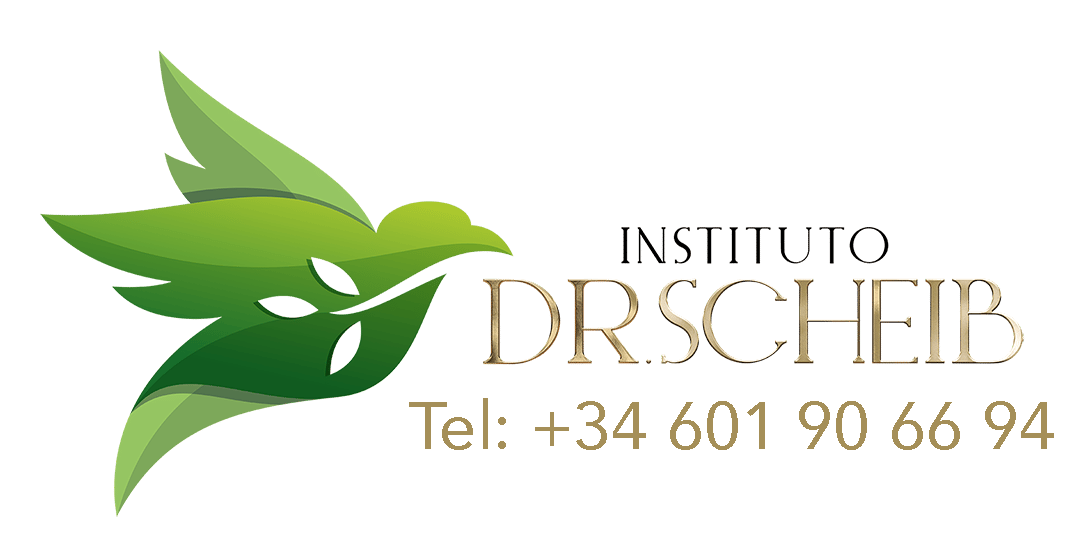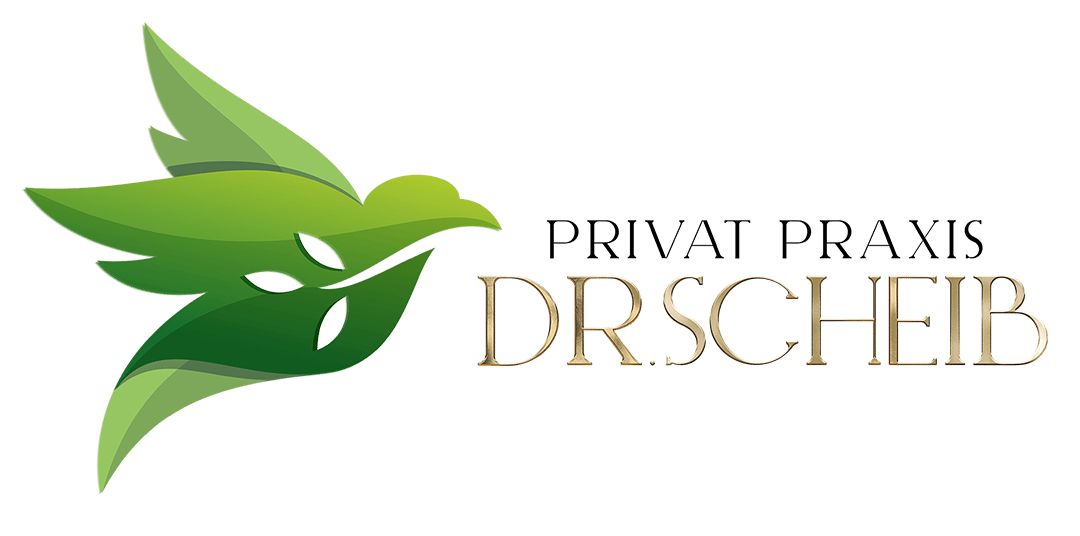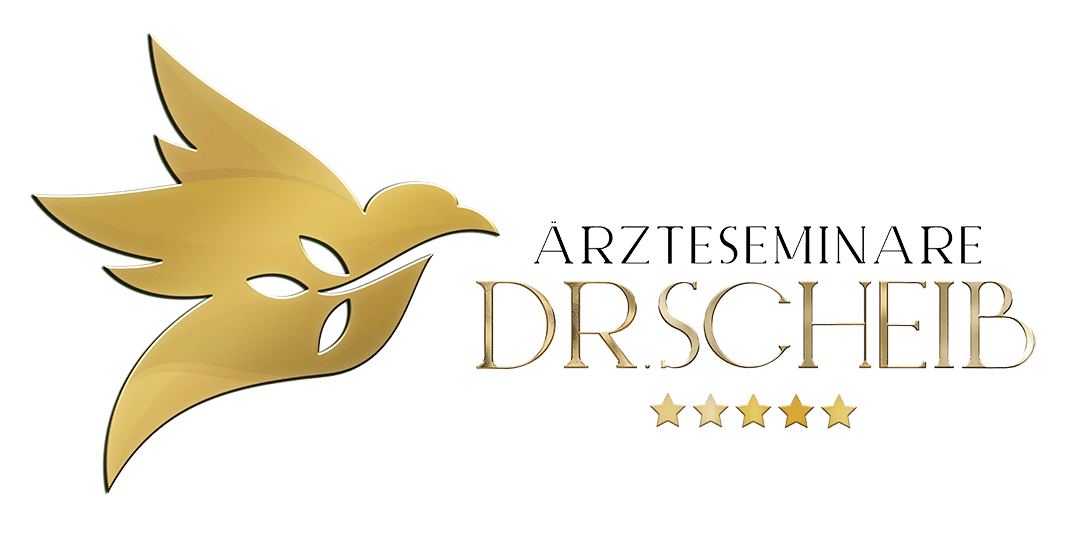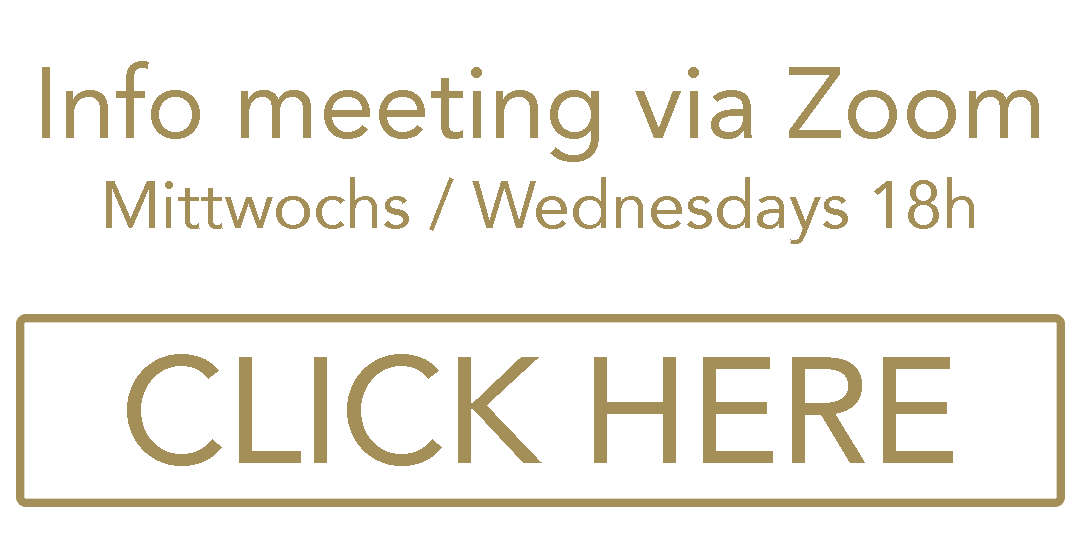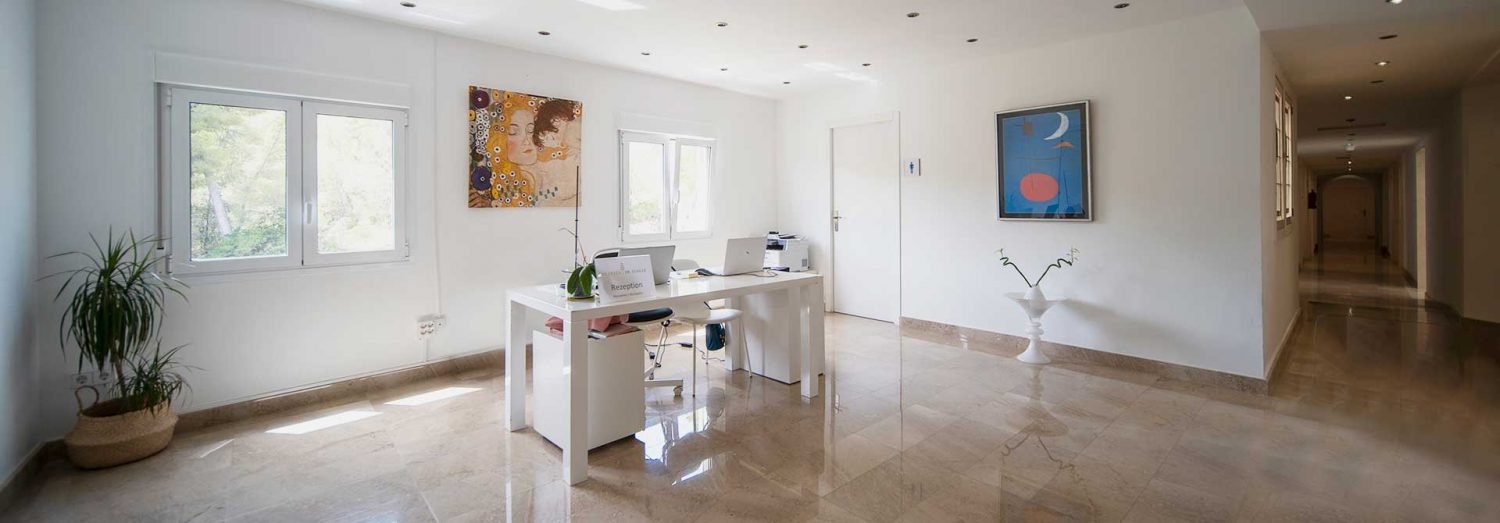The initial step in our therapy concept for depression is a comprehensive diagnostic investigation, in which existing findings are evaluated and further psychological and medical examinations are carried out. Depending on the clinical picture, and the type and severity of symptoms, the following examinations may be performed during our depression treatment:
Detailed medical history
Here the patient’s biography is explored for any causes attributable to their life history, as well as to determine resources that may be important for further treatment.
Psychological test diagnosis
There are a number of methods of psychological testing that can be used to test the severity of the depression and accompanying symptoms. These findings are used not just for planning therapy but also for monitoring the course and success of treatment.
Sleep laboratory
Depressive patients also have problems with sleep. Sometimes, however, unidentified sleep apnoea also leads to depressive symptoms. For this reason, our patients are connected, for one night, to a small device that records breathing, heart rate, EEG and muscle tone, as well as snoring.
Quantitative EEG
This is used to measure the activity in the different areas of the brain, and to present this as a sort of map of the brain. In the case of depression, typical changes in activity are usually detected, and these can be used as initial values for neurofeedback training.
HRV measurement
In cases of depression the heart rate variability is often reduced. Depression also increases the risk of a variety of heart diseases. With this treatment, the HRV is usually significantly improved.
ECG, MRI, CT, blood tests
Additional medical investigations may also be considered, depending on the problem. In particular, underlying diseases that may be associated with depressive symptoms need to be recognised.
After an intensive medical and psychological diagnostic process, the following treatment elements will be introduced to form a multi-modal therapy concept for depression:
Ketamine infusions
Ketamine treatment produces an immediate anti-depressive effect, with a response rate of 80-90%; anxious tension and suicidal thoughts disappear and neuroplasticity is improved. Provided there is no untreated high blood pressure or severe heart disease, the procedure is quite safe. This substance has been used in significantly higher doses as a safe narcotic for decades.
Read more about the Ketamine treatment procedure.
Hypnosis
Together with ketamine infusions we offer hypnosis sessions for treating depression successfully. Generally, hypnosis improves the effect of the Ketamine treatment even further. In this process, the hypnosis uses the dissociative effect of the ketamine in order to quickly gain insights and new ways of thinking.
Psychotherapy
In treating depression with Ketamine, it is important to have the Ketamine infusions followed up by intensive psychotherapy. We use the aptitude for learning that has been improved by ketamine for intensive psychotherapy, usually with two therapy sessions per day; this achieves rapid insights and cognitive restructuring. Both behaviour therapy and psychodynamic counselling are effective; where necessary this can be expanded to include EMDR.
rTMS
Repetitive transcranial magnetic stimulation uses strong, pulsating magnetic fields to stimulate or suppress specific parts of the brain. The procedure also improves neuroplasticity and has a noticeable anti-depressive and anti-anxiety effect.
tDCS
In transcranial direct current stimulation a weak electrical current, which stimulates specific brain structures into activity, is passed through the brain. The effect is not quite as pronounced as with rTMS.
HRV biofeedback
The length of a heartbeat is controlled by the vegetative nervous system, in particular the vagus nerve. In patients suffering from depression or coronary heart disease, the ability to control the heart is restricted. Through biofeedback, which is based on the change in the range of fluctuation in the pulse (HRV), this can be broadened again, which also has an anti-depressive effect.
Neurofeedback
Certain parts of the brains of people suffering from burnout are underactive, while others are overactive. These activity states can be measured in a quantitative EEG and, building on this, tuned up or down with a biofeedback system.
Sport and exercise therapy
One of the simplest and fastest-working treatment methods in depression therapy is physical activity. It is, however, difficult to motivate patients with depression to take exercise. In sports therapy, physical activities that alleviate aggression and result in relaxation are developed together with patients.
Relaxation techniques
Autogenic training, yoga, progressive relaxation and mindfulness-based stress reduction lead to relaxation, improve the way in which stress is handled, promote sleep and thus have a significant effect against depression.
Light therapy
Those forms of depression which occur to an increasing degree in the darkest months of the year respond particularly well to sunlight.
Sleep deprivation
In certain cases complete sleep deprivation over one or two nights can achieve a significant improvement. Sleep deprivation should always be conducted on an in-patient basis.
EKT / deep brain stimulation
This therapy option may also be indicated in severe cases, but is not offered by us.
If you are interested in our depression therapy, please take a few seconds to fill out our contact form. We will set up a preliminary phone interview at your convenience to determine your individual therapy:
